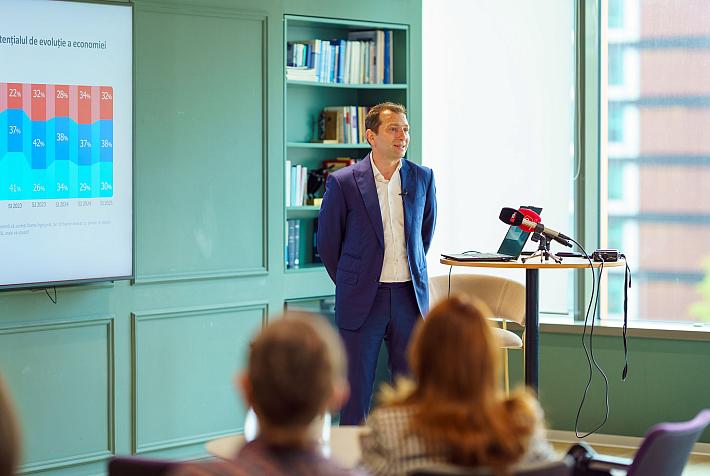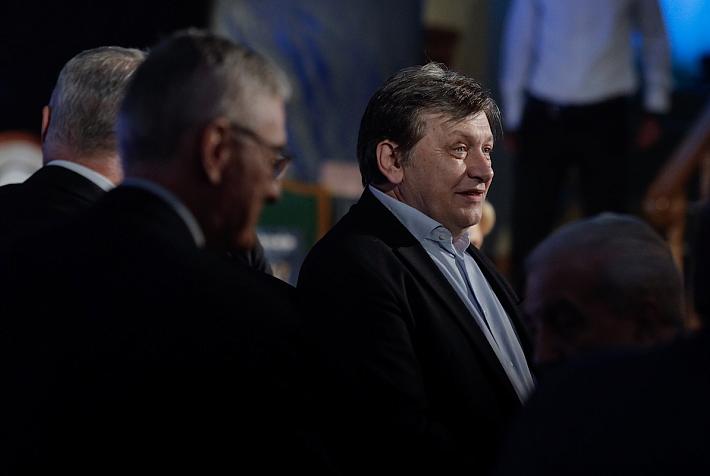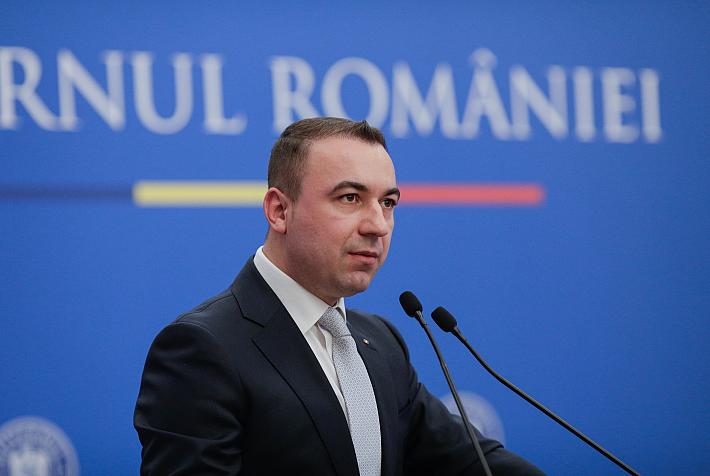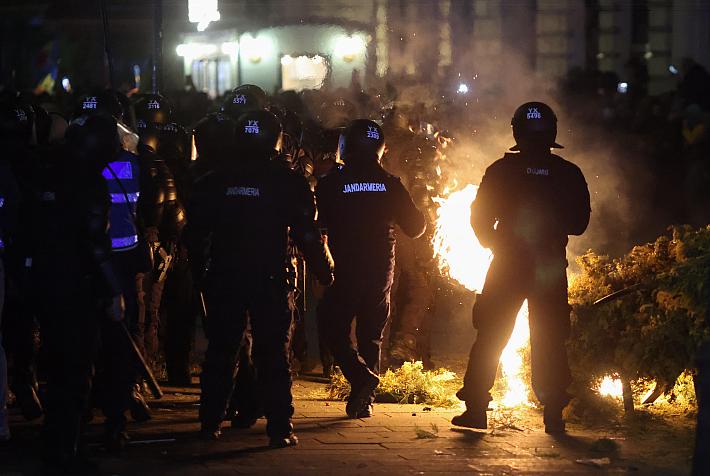History: The Kiss of Brâncuşi, at the heart of all passions
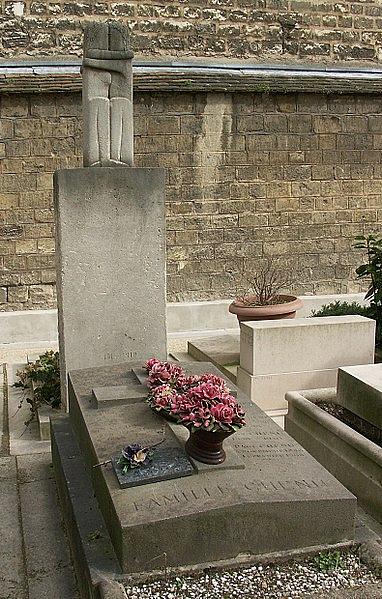
To mark the date of his birthday, February 19, 1876, Le Petit Journal tells the story of an artwork by Romanian sculptor Constantin Brâncuşi that unleashes many passions, The Kiss. This sculpture is currently in the Montparnasse Cemetery where it has been sealed. An incredible financial war with enormous stakes pits the French state against a Russian family. According to connoisseurs, this sculpture is currently the most expensive in the world art market.
The many visitors who, every day, go to see the famous tombs of Gainsbourg, Baudelaire or Maupassant are rather surprised to pass in front of a strange wooden box that covers a tombstone. Under this box is the famous work of Brâncuşi adorning the tomb of a young Russian woman who, until recently, was totally unknown. Her name is Tatiana Rachewskaia. This sculpture, The Kiss, has attracted much attention as it represents a couple so connected that the two lovers are represented as intertwined in the eternity of a kiss. An expression of crazy love that finds a troubling echo in the story of this young Russian woman surrounded by an aura of mystery, whom Brancusi made, involuntarily, as immortal as his work.
Who was Tatiana Rachewskaia?
Her story had a tragic end, as the young woman committed suicide in Paris in 1910 at the age of only 23 years. Rumors are rife about this enigmatic character who fascinates and ignites the imagination. She is said to be a relative of the great Tolstoy, and she even appears in the novel of the revolutionary writer Ilya Ehrenburg, Men, Years, Life. She is described as a woman who went to prison and then fled to Paris to study medicine. This is also where she fell in love with a doctor of Romanian origin, Solomon Marbais. A passionate love was born ravaging everything in its path, and there again we can only make the link with the great Russian literature which, as tradition dictates, will inevitably end in blood and tears. It is the sister of the doctor who, on a rainy day at the end of November 1910, found the young woman hanged in her room on the Boulevard de Port-Royal. It was her family, who came especially from Russia, who had the idea to erect a unique monument in her memory. A friend of Dr. Marbais, Constantin Brâncuşi was still unknown at that time, being only a simple apprentice, among others, of the famous sculptor Rodin. Brâncuşi had just finished a sculpture depicting two lovers entwined, The Kiss. And the rest you know…
Fascination for this sculpture
Brâncuşi has made many copies of this work but this one is unique because it represents the lovers in full and is 90 centimeters tall. In addition, its installation in the open air, where everyone can see it, gives it a special sensuality. This tomb, which would have been completely ignored in other circumstances, has become the meeting place for lovers around the world, clandestine couples who can go to the sculpture to discreetly celebrate the strength of their love and so to swear, in an epic way, an eternal love. Nobody had heard of it for a long time, until one day when writer Marc-Edouard Nabe talked in his diary about the passionate love at the foot of the sacred sculpture, putting it back in the spotlight.
The financial battle
Once bought with 200 francs from Brâncuşi, the value of the work would today set new records on the art market. It all started on May 4, 2005, at a Christie's auction in New York. L'Oiseau dans l'espace, a marble sculpture of Brâncuşi, reached the giant sum of USD 27.5 million. A world record for a sculpture and a real outburst of passion in the art market. Six weeks later, Tatiana Rachewskaia's heirs land in Russia determined to assert their rights and recover the sculpture that represents their wildest hopes of making a fortune. And the art dealer Guillaume Duhamel is responsible for this. Feeling the big blow, he goes to the family to engage them to fight to recover the sculpture. His plan is to replace The Kiss in the cemetery with a copy and sell the original at an auction. The French culture minister of that time, Renaud Donnedieu de Varbres, strongly opposed this idea.
Artwork and tomb form a whole just like its two entwined lovers
The French state claims that the tomb and the monument form an inseparable whole. On the other hand, the lawyers of the Rachewskaia family claim that the work existed before being placed on the monument and that Brâncuşi was paid to install it. On April 12, 2018, the Administrative Court of Paris rejected once again all the requests of the family. For them, too, the work is inseparable from the tomb on the pretext that the vertical stone monument on which The Kiss rests is signed by the hand of the master and dedicated especially to Tatiana through the following epitaph: "Dear kind sweetheart.” Not all experts agree, but some say that the signature would not belong to the master.
What becomes of The Kiss today?
Always under video surveillance, Brâncuşi's sculpture worries the experts who are afraid that the work will deteriorate, be vandalized or worse, be stolen. This would be a tragedy for the art market and for all the admirers of the great sculptor's work. One thing is certain, The Kiss does not belong to anybody until this battle comes to an end, as even the lovers can’t admire it freely at the moment, far from museums, like many works of the great joker Brâncuşi, who is now surely looking at this chaos with a wry smile, much like his compatriot, Cioran.
by Gregory Rateau, Editor-in-Chief Le Petit Journal Bucarest
(Photo source: Wikipedia/Julien 31)







